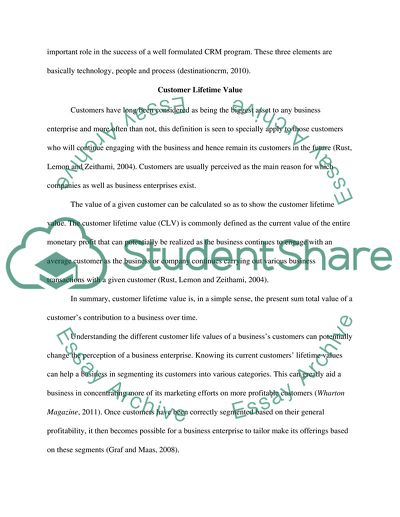Cite this document
(“Customer Relationship Management Essay Example | Topics and Well Written Essays - 2500 words”, n.d.)
Customer Relationship Management Essay Example | Topics and Well Written Essays - 2500 words. Retrieved from https://studentshare.org/tourism/1615186-tourism-marketing-customer-relationship-management
Customer Relationship Management Essay Example | Topics and Well Written Essays - 2500 words. Retrieved from https://studentshare.org/tourism/1615186-tourism-marketing-customer-relationship-management
(Customer Relationship Management Essay Example | Topics and Well Written Essays - 2500 Words)
Customer Relationship Management Essay Example | Topics and Well Written Essays - 2500 Words. https://studentshare.org/tourism/1615186-tourism-marketing-customer-relationship-management.
Customer Relationship Management Essay Example | Topics and Well Written Essays - 2500 Words. https://studentshare.org/tourism/1615186-tourism-marketing-customer-relationship-management.
“Customer Relationship Management Essay Example | Topics and Well Written Essays - 2500 Words”, n.d. https://studentshare.org/tourism/1615186-tourism-marketing-customer-relationship-management.


